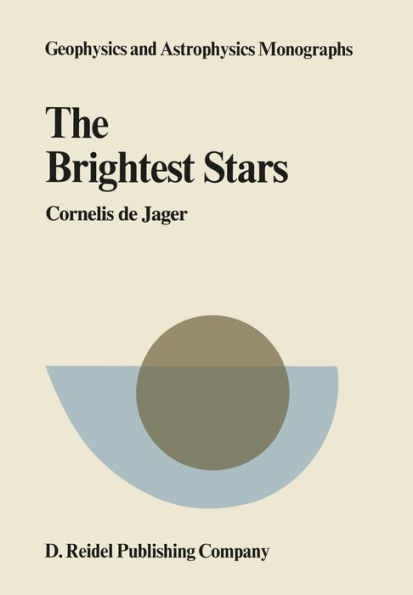No part of the Hertzsprung-Russell diagram shows a more pronounced diversity of stellar types than the upper part, which contains the most luminous stars. Can one visualize a larger difference than between a luminous, young and extremely hot Of star, and a cool, evolved pulsating giant of the Mira type, or an S-type supergiant, or - again at the other side of the diagram - the compact nucleus of a planetary nebula? But there is order and unity in this apparent disorder! Virtually all types of bright stars are evolutionally related, in one way or the other. Evolution links bright stars. In many cases the evolution is speeded up by, or at least intimately related to various signs of stellar instability. Bright stars lose mass, either continuously or in dramatic sudden events, they vibrate or pulsate - and with these tenuous, gigantic objects this often happens in a most bizarre fashion. Sometimes the evolution goes so fast that fundamental changes are observable in the time span of a human's life - several of such cases have now been identified.



